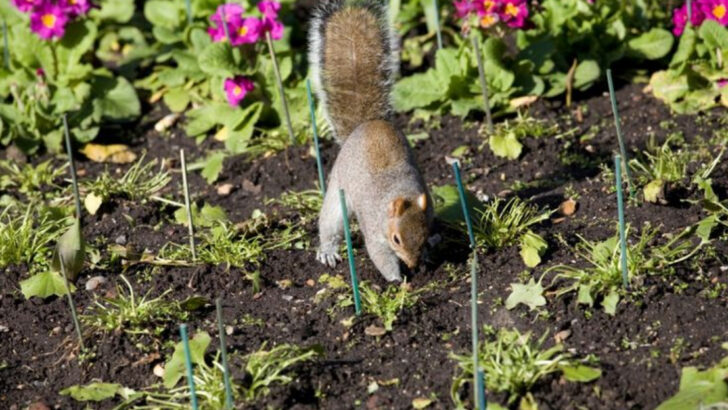Feeding the wrong wild animal can turn your peaceful backyard into a full-blown disaster zone.
Think it’s cute tossing bread to that raccoon or leaving snacks for a deer?
You might be setting yourself up for chewed wires, aggressive behavior, or worse—an entire neighborhood invasion.
Not every creature that shows up at your fence is looking for friendship. Some are freeloaders with teeth, claws, and zero boundaries.
But don’t panic—there are species that genuinely need a little help from us.
Knowing the difference could save your garden, your sanity, and maybe even a life or two.
Let’s talk about who deserves a snack and who needs a hard pass.
Ready to sort the backyard guests from the backyard nightmares?
Let’s go.
Raccoons
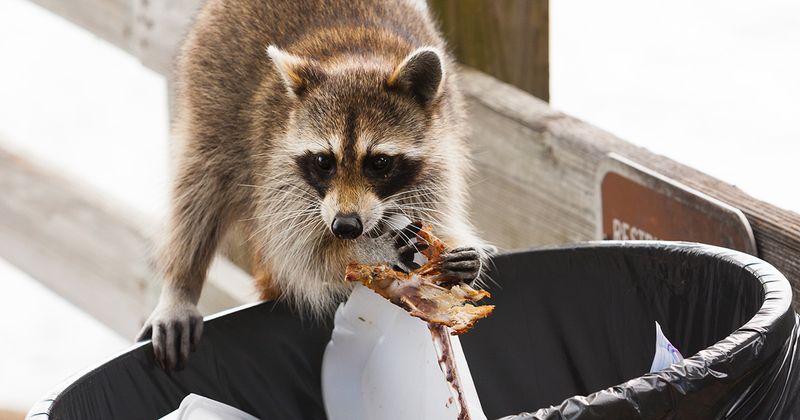
Raccoons, with their masked faces and nimble paws, might appear endearing but feeding them can lead to chaos. These creatures are notorious for raiding trash cans and creating a mess. Moreover, they can become aggressive if they associate humans with food, posing a risk to pets and children.
Additionally, raccoons may carry diseases such as rabies, which can be transmitted to humans and animals. Encouraging their presence by feeding them can disrupt local ecosystems, as they may prey on bird eggs and small animals. It’s best to enjoy their antics from a distance and secure garbage bins.
Squirrels
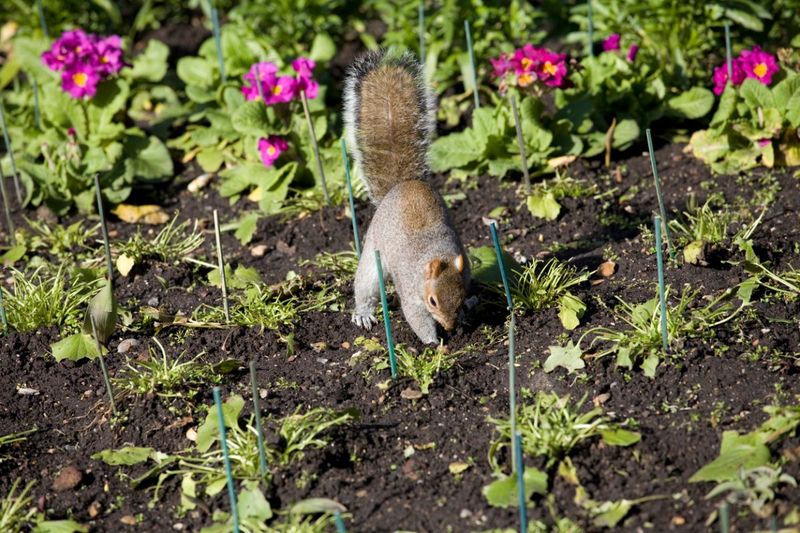
Squirrels, agile and curious, often charm with their acrobatics. However, feeding them can lead to garden havoc. They may become overly bold, damaging bird feeders and digging up flowerbeds in search of hidden snacks.
These small mammals can also carry ticks, which spread diseases like Lyme. Additionally, they may gnaw on electrical wires, leading to potential fire hazards. While they are interesting to watch, providing food can increase their numbers, upsetting the balance with other wildlife. Instead, maintain a natural garden that offers them habitat without direct feeding.
Deer
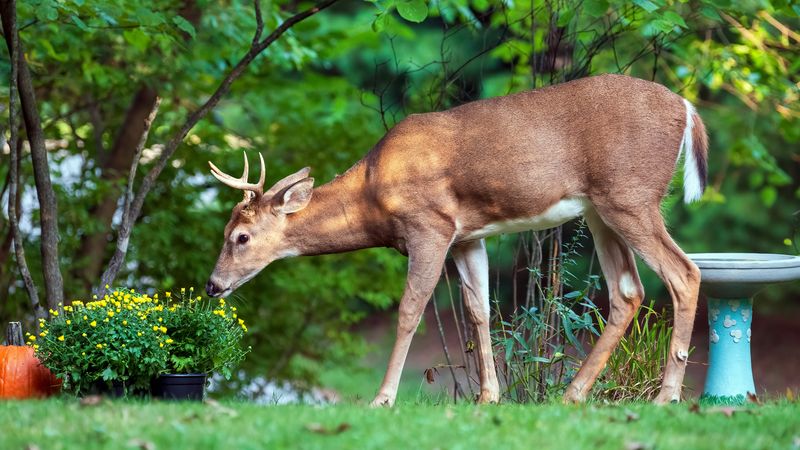
Deer, with their graceful demeanor, can be a delightful sight. Yet, offering them food can transform these gentle visitors into garden pests. They frequently feast on ornamental plants and vegetables, causing significant damage.
Also, feeding deer can lead to overpopulation, transmitting diseases like Chronic Wasting Disease. It alters their natural foraging behavior, making them dependent on human-provided sources. To protect your garden, consider planting deer-resistant flora and enjoying their presence from afar. A healthy distance keeps both your garden and the deer safe and thriving.
Bears
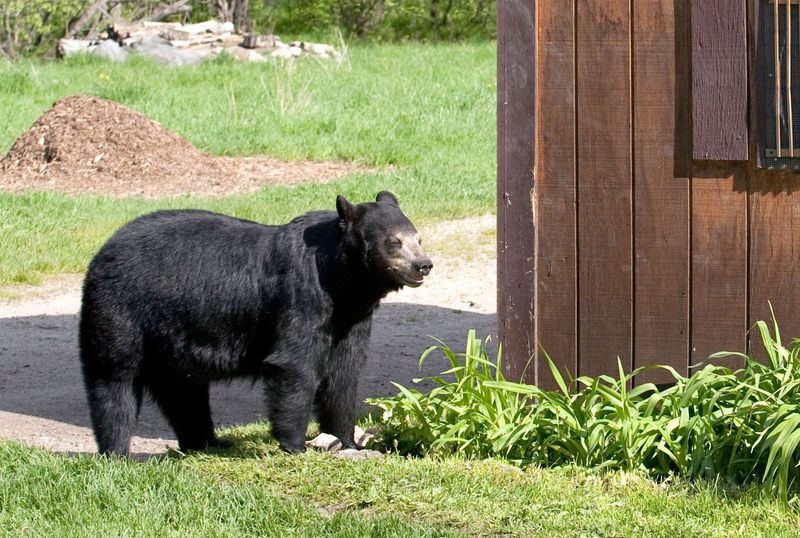
Bears are majestic but dangerous when attracted to human food sources. Feeding them, intentionally or not, can lead to dire consequences. They might break into homes or cars if they associate people with easy meals.
Moreover, once habituated to human food, bears often become aggressive, leading to potential human-wildlife conflicts. These situations can result in authorities having to euthanize the bears. Keep all food secured in bear-proof containers and maintain a clean yard to prevent attracting them. Respecting their wild nature is crucial for coexistence.
Coyotes
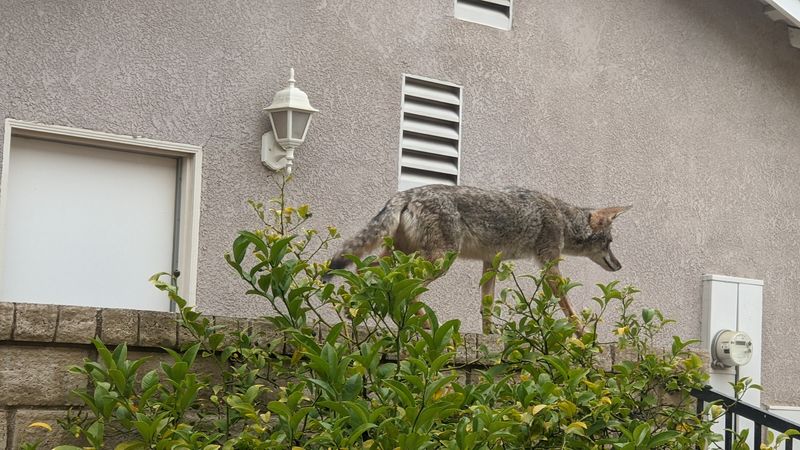
Coyotes are adaptable predators often seen in suburban areas. Feeding them can increase their boldness, leading to potential threats to pets and small children. They might become aggressive if they start associating humans with food, losing their natural wariness.
Coyotes play a vital role in controlling rodent populations, and they should be left to forage naturally. To minimize interactions, secure garbage bins and avoid leaving pet food outside. Understanding their ecological role and maintaining a respectful distance ensures safety for all.
Pigeons
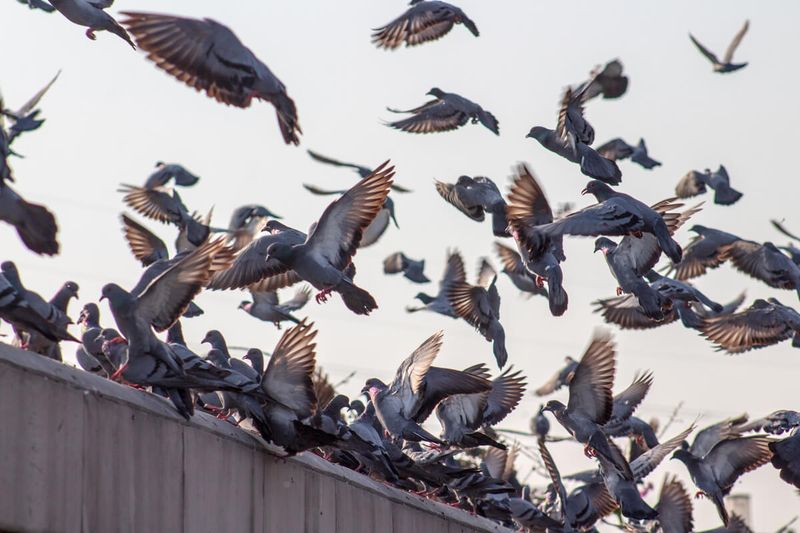
Pigeons, often called flying rats, can become a nuisance when fed routinely. They gather in large flocks, creating noise and substantial droppings that can damage buildings and spread diseases.
Feeding pigeons can lead to overpopulation, increasing the risk of disease transmission to humans and other birds. These urban dwellers thrive without human assistance, and feeding them only encourages dependency and imbalance. It’s better to enjoy their city antics without offering food, preserving the ecosystem’s health.
Foxes
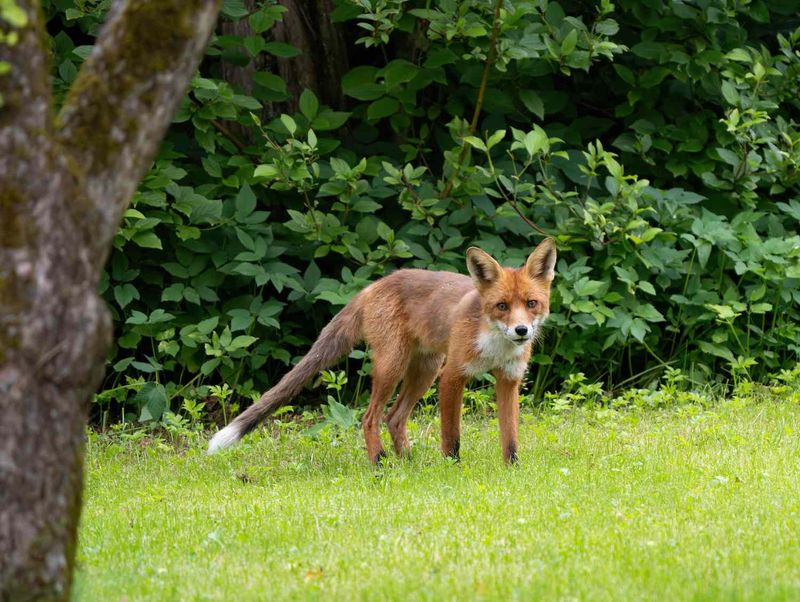
Foxes, with their bushy tails and sharp eyes, might seem intriguing visitors. Feeding them, however, can lead to dependence and bold behavior towards humans. This can increase the risk of them attacking small pets or poultry.
Wild foxes are skilled hunters and don’t require human help for sustenance. Providing food can alter their natural hunting instincts, leading to overpopulation and imbalances in local wildlife. Admire their beauty from a distance to ensure they remain wild and self-reliant.
Skunks
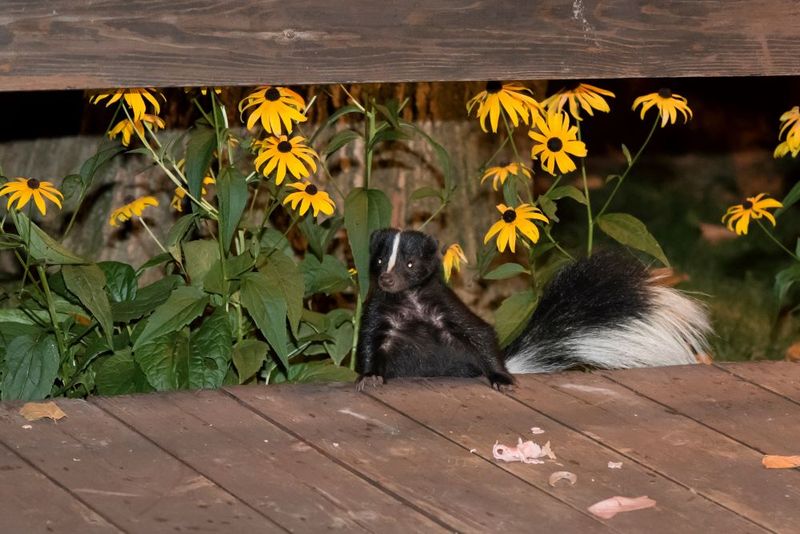
The distinctive skunk, known for its defensive spray, becomes problematic with repeated feeding. They might settle near homes, creating unpleasant odors and potential health risks due to their spray.
Feeding skunks can lead to them becoming too comfortable around humans, which may increase the risk of rabies transmission. These nocturnal foragers can handle their own food needs in the wild. By keeping food sources secure, you can prevent skunks from becoming unwelcome guests in your yard.
Seagulls
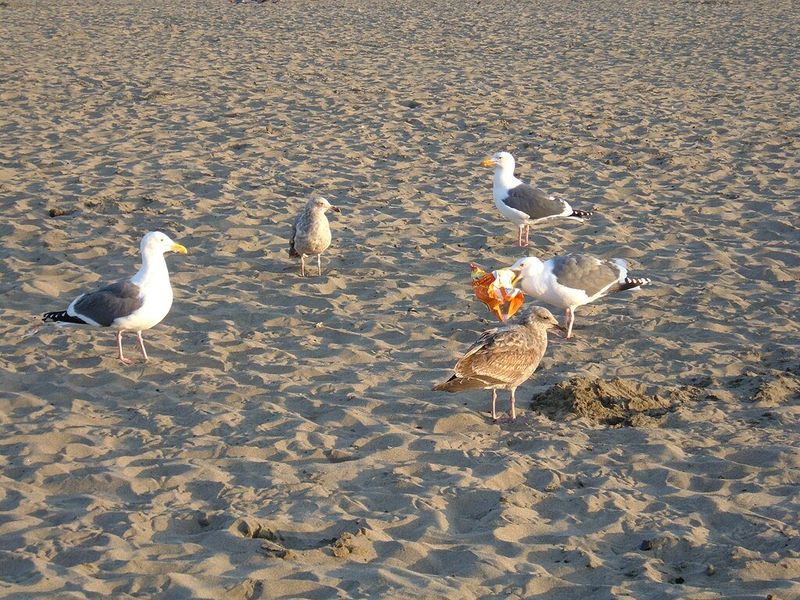
Seagulls, often associated with coastal areas, are notorious for being aggressive around food. Feeding them can lead to bold behavior, as they snatch food directly from people.
They are known to flock in large numbers, creating noise and leaving droppings that can pollute beaches and public spaces. Seagulls don’t need human food to survive; they’re excellent scavengers. By not feeding them, you help maintain the cleanliness of recreational areas and support their natural foraging habits.
Canada Geese
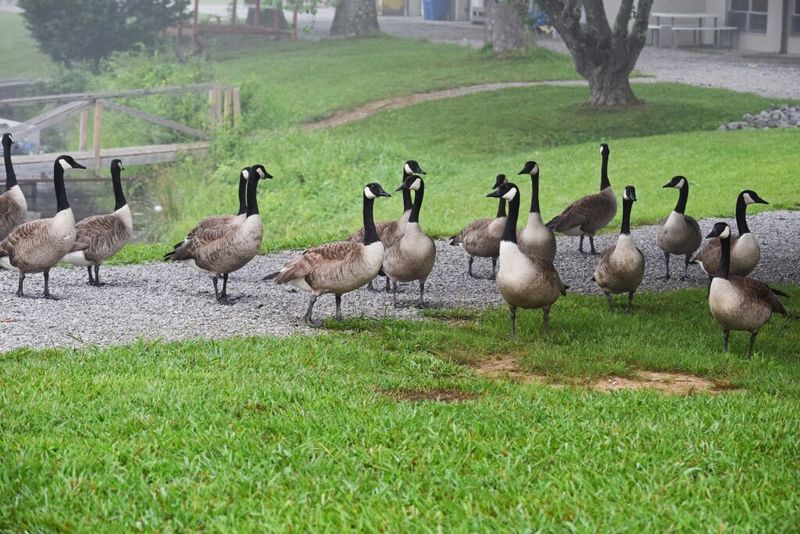
Canada Geese, recognizable by their honking calls and V-shaped flight formations, can become troublesome when fed. They often overgraze lawns and leave behind droppings that can damage grass and spread disease.
Feeding these geese encourages them to stay in areas ill-suited for large flocks, disrupting local ecosystems. Maintaining a natural environment without human interference helps control their populations and preserves the balance of wildlife habitats. A hands-off approach benefits both geese and people.
Bees
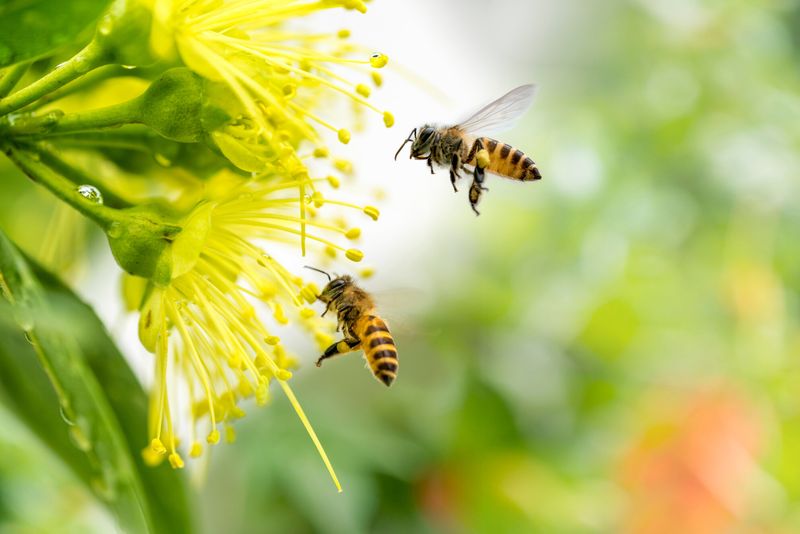
Bees, vital pollinators in our ecosystem, actually thrive with human assistance. Planting a variety of flowers can provide them with the nourishment they need. This enhances their role in pollination, supporting food crops and biodiversity.
Bees face numerous threats from pesticides and habitat loss. By creating bee-friendly gardens, you aid their survival and the broader ecosystem. Avoid using chemicals that can harm them and consider setting up bee hotels to provide nesting sites. Helping bees prosper benefits everyone.
Butterflies
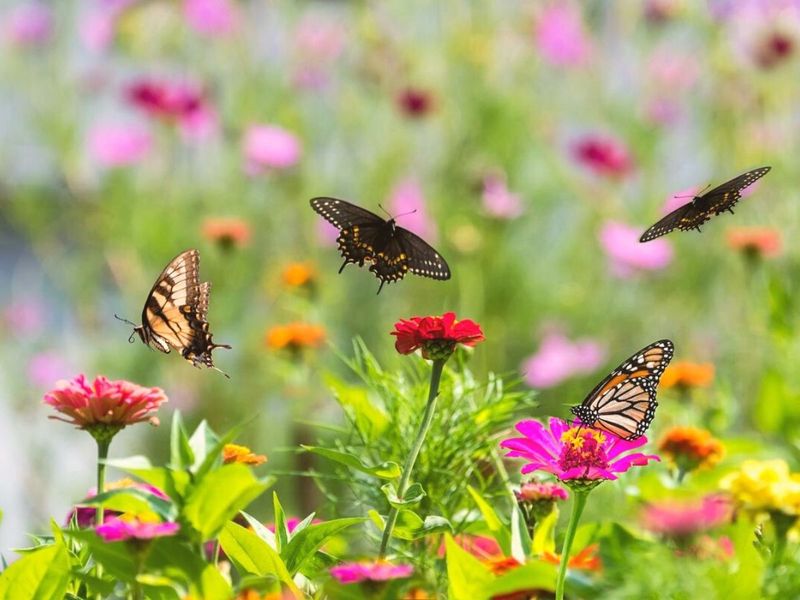
Butterflies, symbols of transformation and beauty, benefit greatly from human help. Planting native flowers and shrubs provides them with nectar sources vital for their survival and reproduction.
Encouraging natural habitats also supports caterpillar growth, essential for future butterfly populations. Avoiding pesticides and promoting diverse plant life can create a sanctuary for these delicate creatures. Their presence enriches any garden, offering visual delight and ecological benefits as pollinators.
Hummingbirds
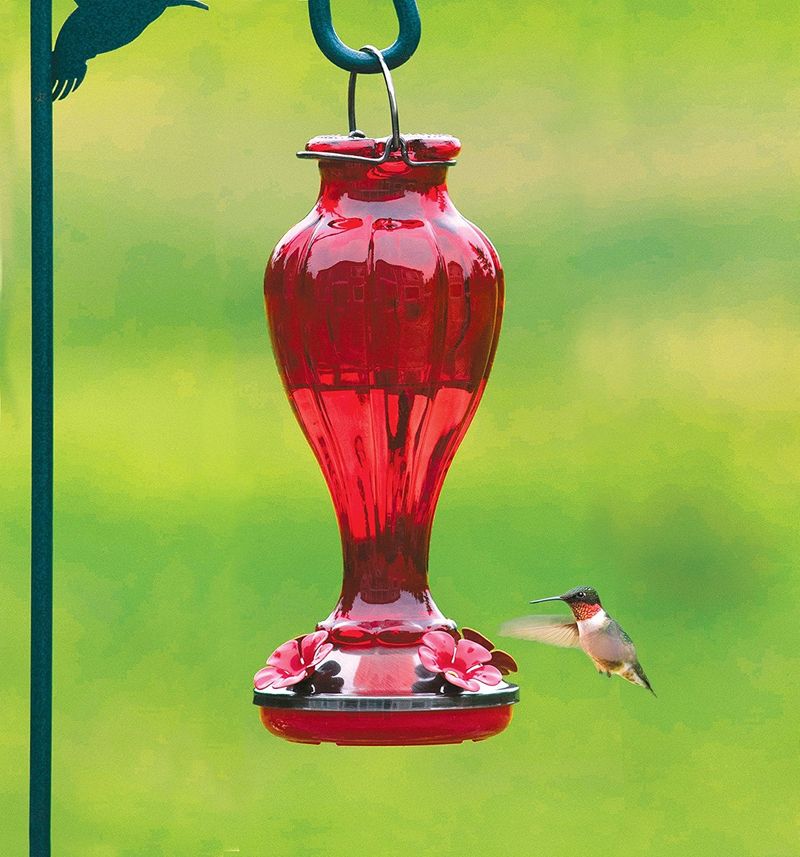
Hummingbirds, with their iridescent feathers and rapid wing beats, are a joy to observe. Providing specially designed feeders with nectar can support these tiny birds, especially during migration.
Native flowering plants also attract hummingbirds, offering natural food sources. Avoid artificial sweeteners in feeders, as they can harm these delicate creatures. With proper care, you can enjoy their aerial displays while aiding their survival and prosperity in urban environments.
Songbirds

Songbirds, with their melodic calls, bring life to gardens and parks. Providing feeders filled with seeds and suet can support them, especially during harsh winters when natural food is scarce.
Offering a mix of seeds caters to different species, promoting diversity and ecological balance. Keeping feeders clean helps prevent disease and ensures healthy populations. By supporting songbirds, you enhance the auditory beauty of your surroundings and contribute to their conservation.
Bats
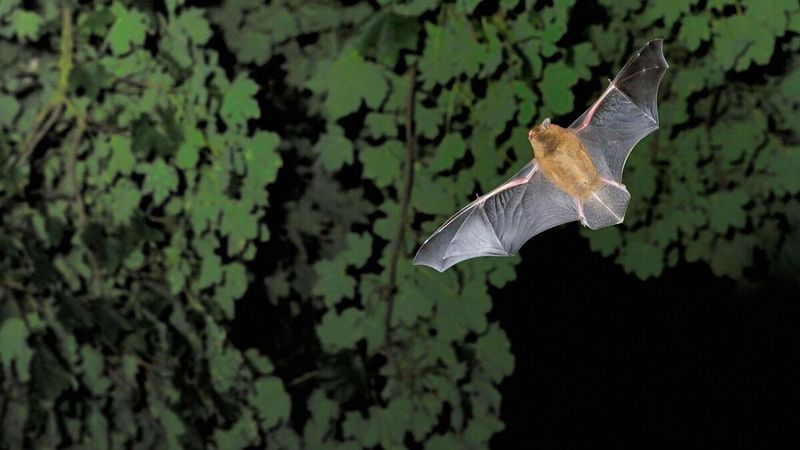
Bats, often misunderstood, play a crucial role in controlling insect populations. By installing bat houses, you can offer them safe roosting spots, aiding their conservation. This proactive approach helps manage mosquito populations naturally.
Bats face challenges like habitat loss and disease, but with human assistance, they thrive and continue their ecological role. Supporting bats not only helps them but also reduces pest problems, making outdoor spaces more enjoyable for everyone.
Frogs
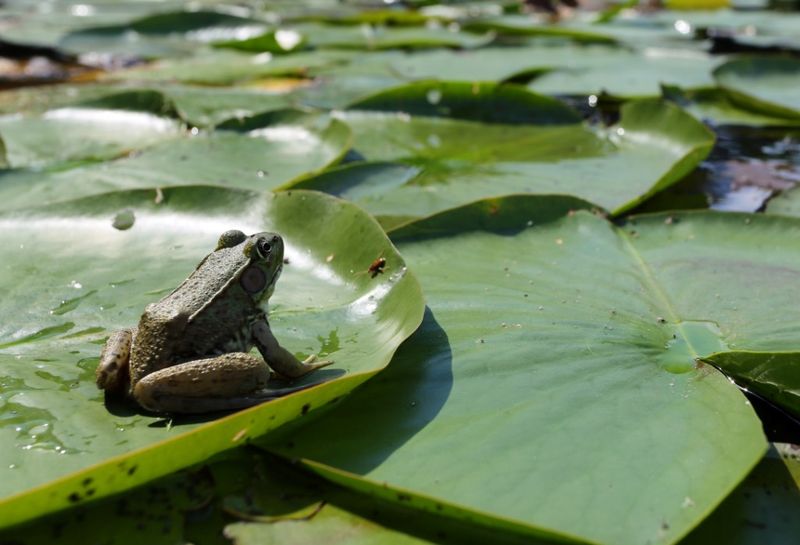
Frogs, amphibians with fascinating life cycles, thrive in well-maintained garden ponds. These habitats provide them with breeding grounds and ample food sources. Encouraging a frog-friendly environment supports their populations, which are often threatened by pollution and habitat destruction.
Frogs help control insect populations, providing natural pest management. By creating suitable habitats, you contribute to their conservation and enjoy their presence in serene pond settings. Their unique calls add a musical element to the garden’s ambiance.
Lizards

Lizards, often spotted basking in sunny gardens, benefit from human-created habitats. Rock piles and native vegetation provide cover and food, supporting their populations. These reptiles play a role in controlling insects and pests, aiding garden health.
Encouraging lizard populations helps maintain ecological balance and offers opportunities for observing these fascinating creatures. Providing a welcoming environment supports biodiversity and enhances the garden’s natural vitality.
Owls
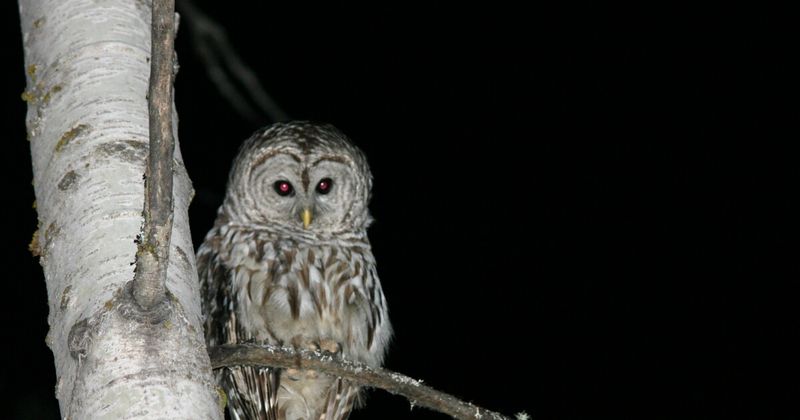
Owls, mysterious nocturnal hunters, thrive with appropriate human support. Installing owl boxes can provide them with nesting sites, aiding their survival in urban and suburban areas.
Owls control rodent populations, offering natural pest management. Their presence enriches the nightscape with haunting calls and silent flights. By helping owls, you support biodiversity and enjoy the benefits of these majestic birds of prey in your environment.

